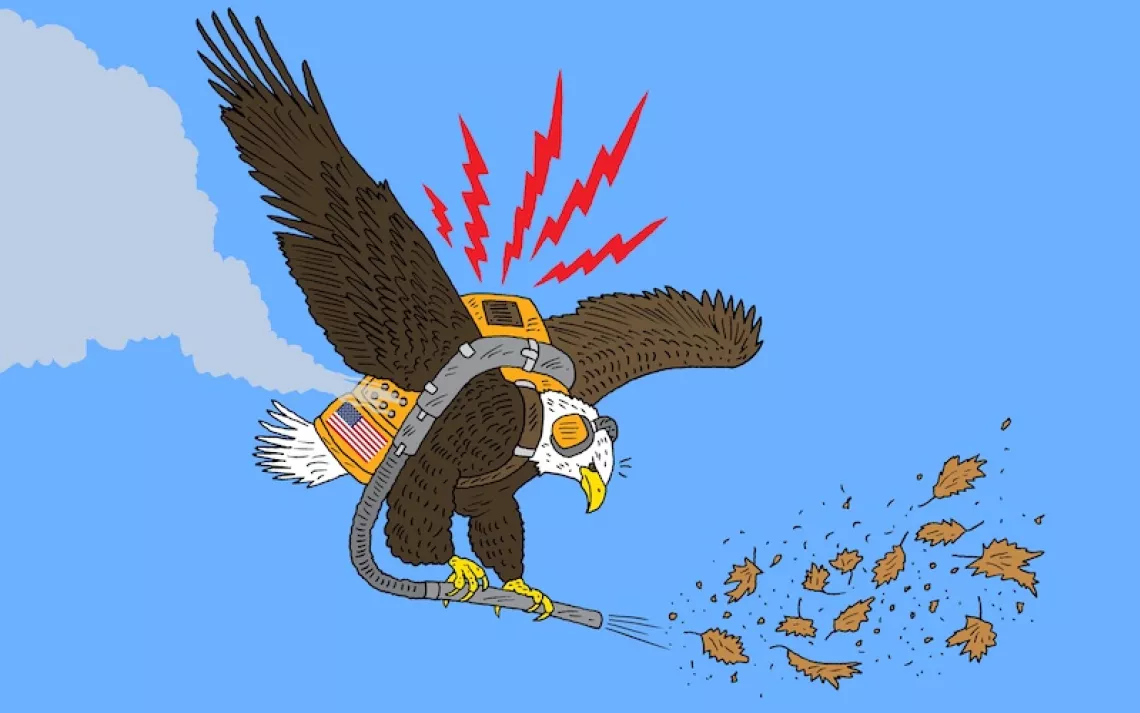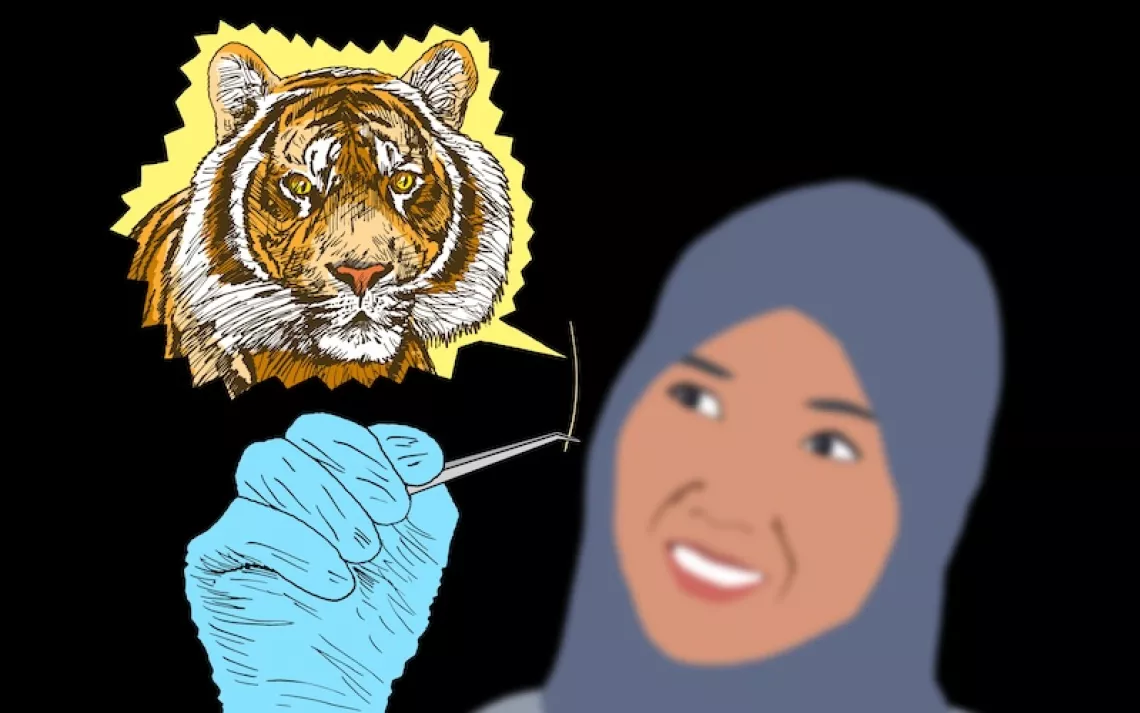Trump in the Anthropocene
The president's pathologies point to why we got an "Anthropocene" in the first place
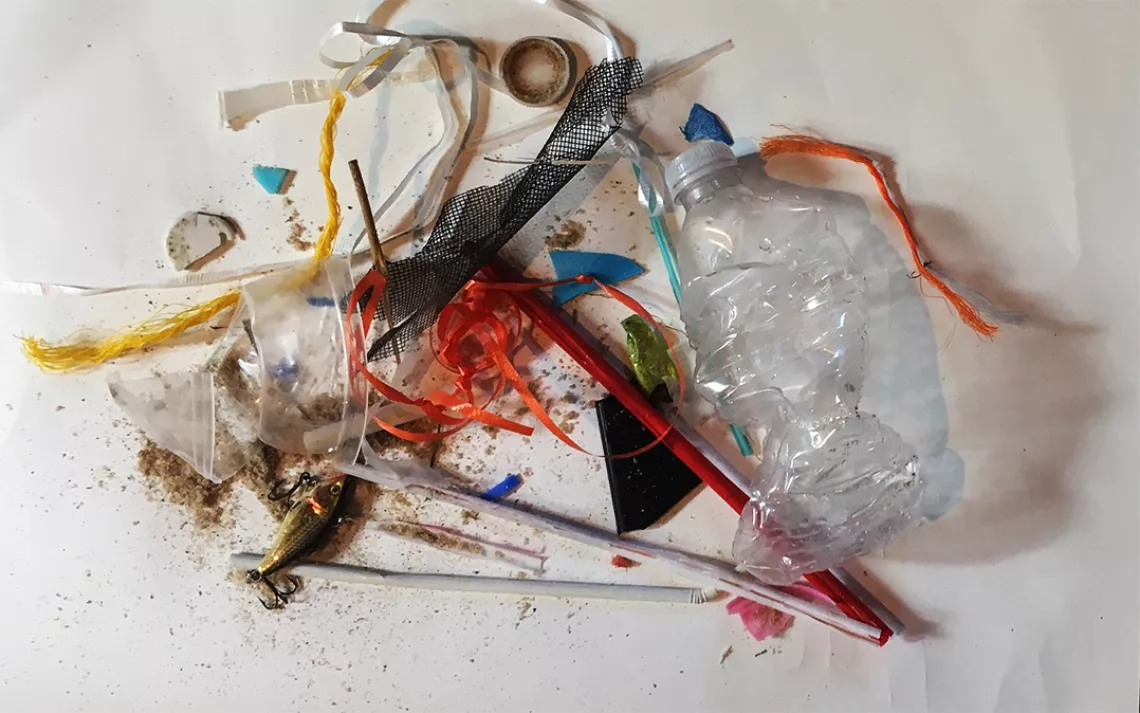
Photos by Christopher Schaberg
When I teach my Literature & Environment class at Loyola University New Orleans, one of the first lessons I try to get across is a tricky one: Nature with a capital N is an artificial construct. This doesn’t mean that there’s no such thing as nature, but rather, it’s not something over there, detached from human life. Nature is, if anything, everything. Writing about nature—and reading across the history of nature writing—can bring this into sharp relief, as we see how different authors use rhetorical strategies and narrative and poetic devices to make nature appear more like Nature. So-called environmental writers are often very good at defamiliarizing the very stuff of life, if then to make readers pay attention and care for it all the more.
The day after the Women’s March on Washington, I took my children to the Smithsonian National Museum of Natural History. Amid the myriad exhibits, I was struck by one piece of signage nestled into a wall within the aquatic-life room. It was a sort of brief informative essay about the Anthropocene, a word that is used to describe human impact as having a geologic force on our planet. The sign diplomatically wondered whether or not this term should be used: Can we be so bold as to name an entire geological era after our arguably still young species? One way of answering this question is that we do it all the time, simply by rendering nature as something other than human in the first place. In other words, the Anthropocene has lurked as a cultural habit for a long time, before the word even emerged. It spilled out of smokestacks just as it infested 19th-century poems and essays named after “Nature.”
It’s one thing to consider the Anthropocene when the incumbent political establishment acknowledges the significance of things like pollution, climate change, national parks, environmental protections, and so on. In such an atmosphere, we can have spirited debates about the implications of the concept of the Anthropocene, highlighting its different valences or offering alternative words. But this piece in the museum got me thinking: How are we to comprehend the Anthropocene in an age of a new president, a leader who seems utterly unmoved by ecological thought? Does the term become another disparaged “big word” that loses all traction given a regime of swift deregulations and defunding of scientific and precautionary research? In short, now that we are seeing the swift rolling back of so many careful measures put in place over the past several decades, how are we to understand Trump in relation to the Anthropocene?
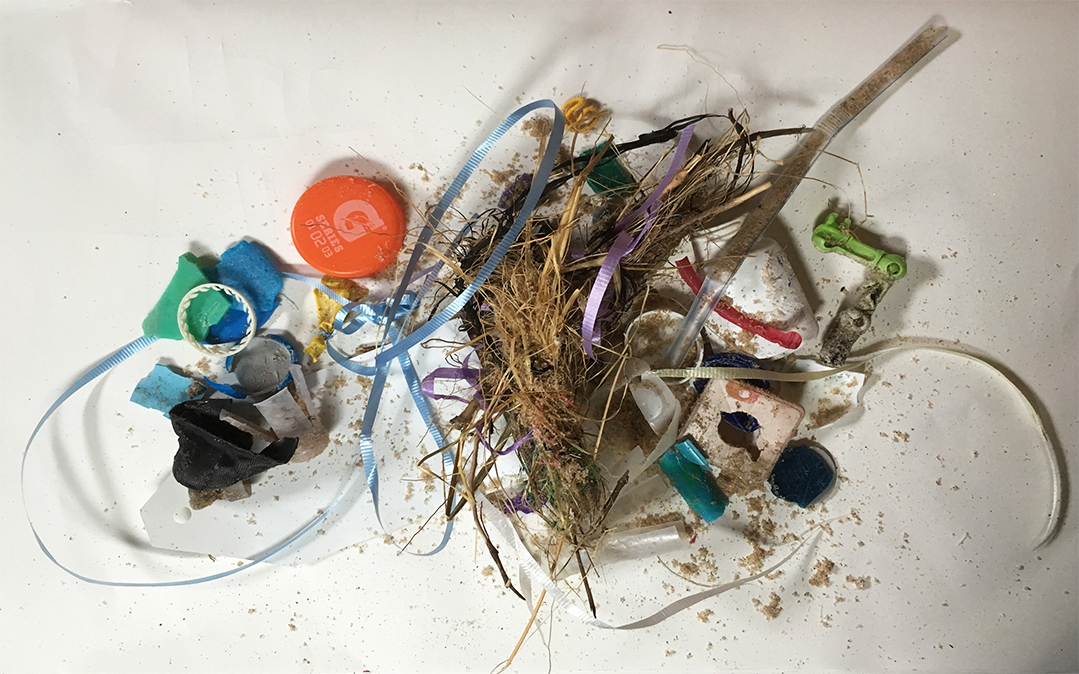 I’ve been turning this over in my mind as I take walks along the Sleeping Bear Dunes National Lakeshore, picking up beach trash. This stuff washes up on shore and accumulates, especially after a big storm. It’s a mishmash usually consisting of balloon strings, plastic bottles, bottle caps, and tiny fragments of larger plastic containers. It’s a local snapshot of a global problem, one that we have come to know particularly well by the name Great Pacific Garbage Patch—that floating island in the Pacific Ocean the size of Texas, made of micro-plastics and other debris. These miniscule objects wreak havoc on certain bird species and other life forms, changing the planet demonstrably by threatening extinctions and upsetting the balances of ecosystems. Human waste has become such a vast thing, spread out across the globe, evident by traces and in glimpses but impossible to see as a totality—what environmental philosopher Timothy Morton would call a “hyperobject.” We’re responsible for it, and yet it seems completely elusive and beyond our grasp. Each day when I go back down to the beach, I fill another bag with these particulates of disposable fun, the detritus of so many summer vacations and freshwater boat rides.
I’ve been turning this over in my mind as I take walks along the Sleeping Bear Dunes National Lakeshore, picking up beach trash. This stuff washes up on shore and accumulates, especially after a big storm. It’s a mishmash usually consisting of balloon strings, plastic bottles, bottle caps, and tiny fragments of larger plastic containers. It’s a local snapshot of a global problem, one that we have come to know particularly well by the name Great Pacific Garbage Patch—that floating island in the Pacific Ocean the size of Texas, made of micro-plastics and other debris. These miniscule objects wreak havoc on certain bird species and other life forms, changing the planet demonstrably by threatening extinctions and upsetting the balances of ecosystems. Human waste has become such a vast thing, spread out across the globe, evident by traces and in glimpses but impossible to see as a totality—what environmental philosopher Timothy Morton would call a “hyperobject.” We’re responsible for it, and yet it seems completely elusive and beyond our grasp. Each day when I go back down to the beach, I fill another bag with these particulates of disposable fun, the detritus of so many summer vacations and freshwater boat rides.
But how does Trump figure into this?
For one, we cannot dismiss him or his policies as unnatural. Instead, as counterintuitive as this may sound, we have to acknowledge Trump as endemic to, and symptomatic of, the current state of our world. His bullying tweets and destructive executive orders; his prioritizing dirty fossil fuels over clean renewable energy; his “us versus them” and “America first” ethic all expose the very same pathologies that got us an “Anthropocene” in the first place. In a perverse way, then, Trump could end up making the Anthropocene a lot less controversial or debatable—he will make it chillingly obvious. His curiously ecological “swamp” metaphor appears quainter than ever.
In the offing of his presidency, we can see individuals and collectives rallying around causes that we may have assumed a few months ago were settled matters. It was never just about a fabulist wetland that could or should be “drained”—what an odd idea—but rather a whole fragile, enmeshed planet with rising sea levels. And we’re here for the duration.
If the downside of the Anthropocene is that we as a species have brought the planet to (or even beyond) the brink of mass extinction and environmental collapse, the upside might be that we can acknowledge this and become, to use a buzzword, proactive and conscious participants in this epoch. What would that look like?
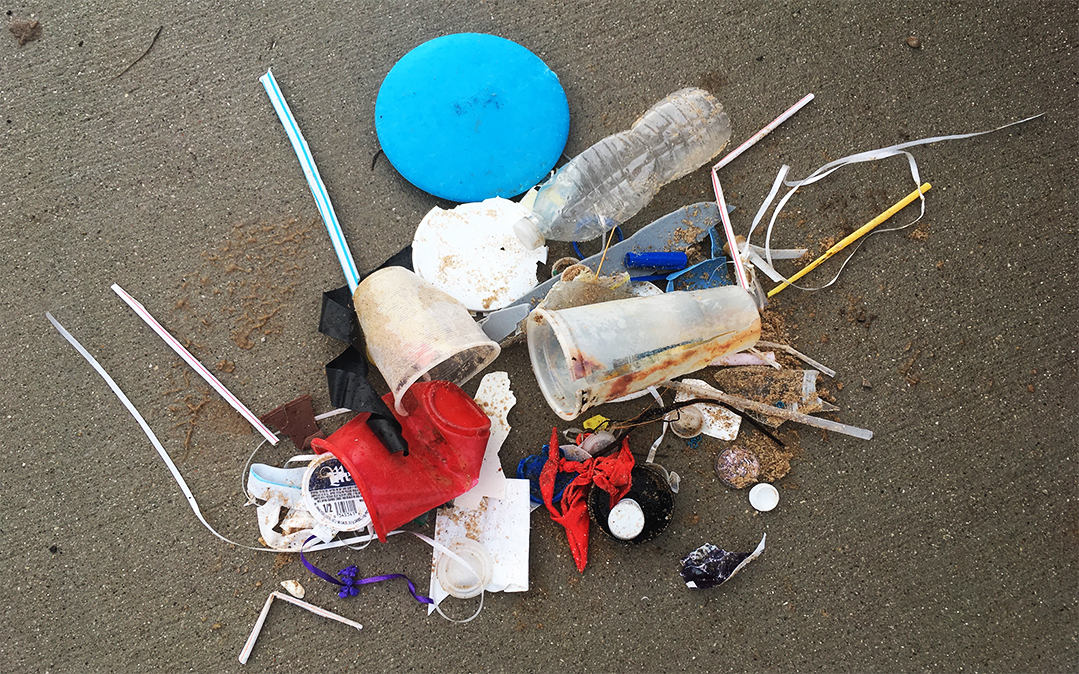 It wouldn’t look like the ultra-wealthy pursuing habitation on other planets, or fortifying nuclear-proof bunkers in Kansas. It would involve slower processes, such as community engagement, commitment to ecological education, and undoing our most wasteful and destructive habits. It would mean rethinking economic models and income gaps. It would mean trying, consciously and conscientiously, to bring about more balance rather than less, ecologically speaking. We have to work toward these things, even while knowing that there is no pure state of natural balance—flux is always the only game in town. We’re not trying for perfect harmony—we’re trying to survive, maybe even restore and better appreciate some of the biodiversity we have destroyed on our planet. And within these dynamic ecosystems, amid rampant threats and possible recoveries, how will we live out our time? What legacies will we leave, for our future generations and in the eventual fossil record, long after humans are gone?
It wouldn’t look like the ultra-wealthy pursuing habitation on other planets, or fortifying nuclear-proof bunkers in Kansas. It would involve slower processes, such as community engagement, commitment to ecological education, and undoing our most wasteful and destructive habits. It would mean rethinking economic models and income gaps. It would mean trying, consciously and conscientiously, to bring about more balance rather than less, ecologically speaking. We have to work toward these things, even while knowing that there is no pure state of natural balance—flux is always the only game in town. We’re not trying for perfect harmony—we’re trying to survive, maybe even restore and better appreciate some of the biodiversity we have destroyed on our planet. And within these dynamic ecosystems, amid rampant threats and possible recoveries, how will we live out our time? What legacies will we leave, for our future generations and in the eventual fossil record, long after humans are gone?
These are serious questions that demand serious answers—not impulsive reactions or the frantic shoring up of resources. If we truly wish to treat human life with dignity, we cannot detach humanity from the whole planet, in all its intricacies and ongoing pulsations. The hubris of Trump might end up revealing the humility of humans living in—and working with—the Anthropocene. It’s an endless project—at least while we’re here. But it’s the project we cannot help but be part of, whether we like it or not.
 The Magazine of The Sierra Club
The Magazine of The Sierra Club

